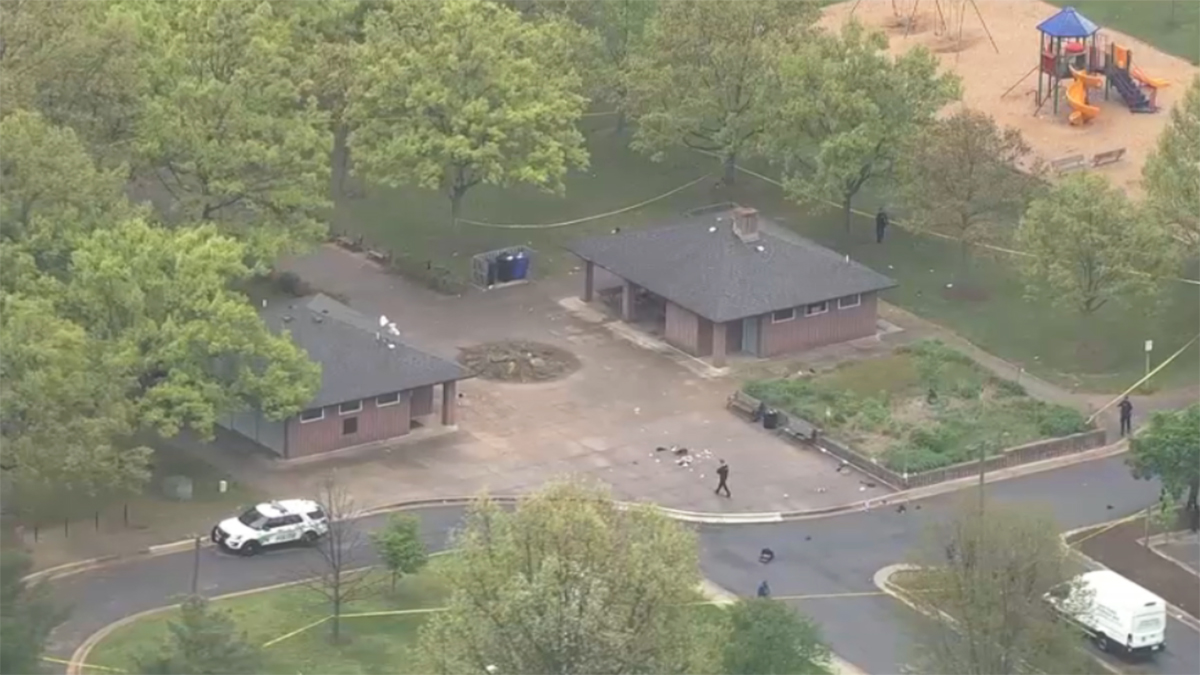Most everywhere you look around the District, there's construction.
New stores. New housing. New offices.
And flapping "grand opening" banners here, there and everywhere.
It’s all because the nation’s capital is experiencing a population boom that now is nearly a decade old.
In 2003, then-Mayor Anthony Williams said the city government ought to plan for and attract 100,000 new residents over the next 10 years. Some people laughed. The city had been losing population since the 1960s.
But Williams' estimate was close.
New U.S. Census figures released this week show almost 100,000 new residents since the early 2000s. And they are coming into the city at a steady clip -- about 1,200 people per month.
Local
Washington, D.C., Maryland and Virginia local news, events and information
The city’s new population is about 646,000. It grew by 13,000 in the last year alone.
D.C. Chief Financial Officer Nat Gandhi -- who leaves office on Thursday after serving as CFO for the city since 2000 -- told News4 the new residents are mostly young, employed and have two household paychecks.
"They are adding a substantial dimension" to city life, Gandhi said, even using the word "hip."
That’s right, the chief financial officer said "hip."
Gandhi and other city officials said the growth is good news but agree the city is pricing some people out of the District.
"We have so many people who do have jobs," said Mayor Vincent Gray. "But even with two or three people in the household working, there’s still a challenge where the housing -- the cost of it -- is constantly being bid up."
The mayor said the city now has $187 million targeted for affordable housing for the poor and working poor.
"The need is great," he told News4 on Monday, "and we want to make sure that we continue to be a city that is a place where if people want to be here, they have a reasonable chance to be here."
Population experts say several cities are seeing revitalized urban areas but that the District is among those leading the nation.
"This is the largest number of people we’ve had in our population since the 1970s," Gray said. "It’s a place where people want to be, and we’re ecstatic about it."



